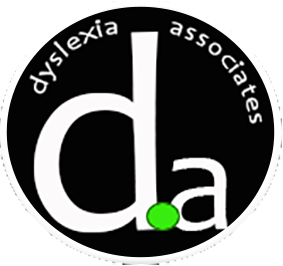How people with dyslexia learn mathematics differently
If the difficulties that most of us associate with dyslexia are compared to the skills needed to succeed in maths, a considerable overlap is obvious. Most of the difficulties experienced by the dyslexic learner affect the skills required to succeed in maths.
Dyscalculia is a condition that affects the ability to acquire arithmetical skills. This can include difficulty understanding simple number concepts, a lack of intuitive grasp of numbers, and problems learning number facts and procedures. Dyslexic learners often have difficulty with the sequences, direction, calculations, following procedures and abstract concepts in mathematics.
Areas of difficulty can include:
Numbers and the number system
- counting objects
- processing and memorising sequences
- grasping the underlying structure of the number system
- using the interval-based structure of number lines
- counting backwards and forwards
- understanding place value
- find fractions confusing
Calculations
- combining and partitioning numbers
- learning number facts 'by heart'
- remembering mental calculation strategies and methods
- counting difficulties leading to subtraction errors
- short term memory overburdened with mental arithmetic
- problems recording calculations on paper
- problems using calculators
Solving problems
- reading and understanding word problems (unusual words and mathematical language)
- identifying clues to recognise. develop and predict patterns to help solve problems
- understanding and retaining the meaning of abstract mathematical vocabulary
- deciding which operations to use ( + - x / ) to solve a problem
- finding difference and division without reverting to formal operations
- unsettled by the insecurity of estimation
Measures, shape and space
- sequencing of time
- left / right confusion with problems in position, direction and movement
- vocabulary relating to measures, shape, space
- reading graphs
- drawing shapes
Handling data
- reading scales and two-way tables
- understanding the different types of averages (mode, median, mean, range)
Excerpted from scotens.org dyslexia and maths


